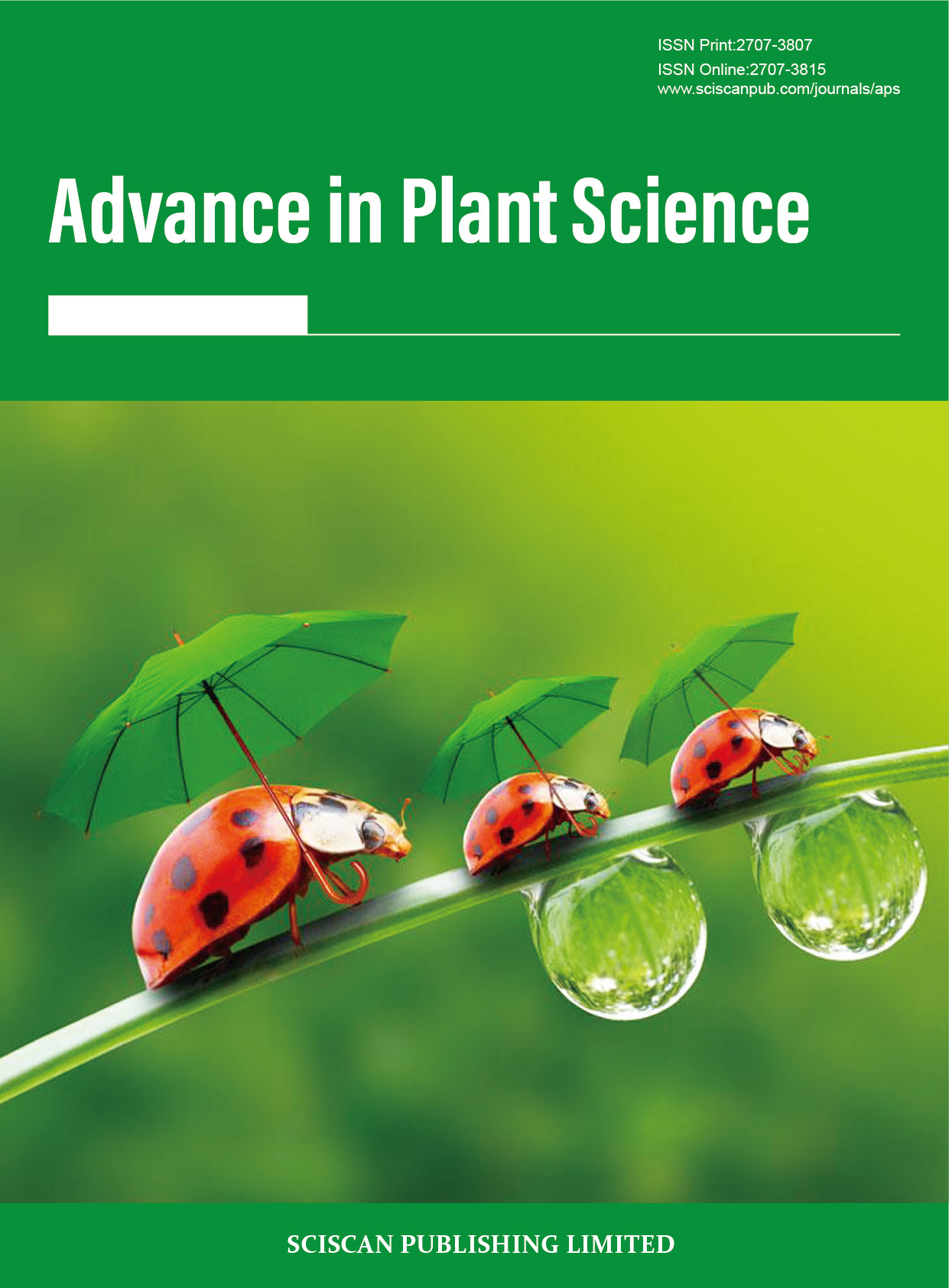Advance in Plant Science
ISSN Print:2707-3807
ISSN Online:2707-3815
Contact Editorial Office
Subscribe to the latest published information from SCISCAN
病原菌对木论保护区野生兜兰的危害及潜在风险分析
Analysis of the Harm and Potential Risk of Pathogenic Bacteria to Wild Paphiopedilum in Mulun Nature Reserve
- Authors: 郑玲玲 杨晶晶 林汉业 钟其璇 陈乐 覃勇荣
-
Information:
河池学院化学与生物工程学院,宜州
-
Keywords:
Mulun nature reserve; Wild paphiopedilum; Pathogen damage; Potential risks木论保护区; 野生兜兰; 病原菌危害; 潜在风险
- Abstract: In order to illustrate the harm of pathogens to rare wild orchid plants in karst areas, so as to better protect them, based on field investigations, lltmina high-throughput sequencing was used to study the microbial diversity in the rhizosphere soil of Paphiopedilum micranthum, and predict the function of the flora. The results showed that the soil physical and chemical properties of P. micranthum at different sampling points and different distribution points were significantly different, but the differences in the physical and chemical properties of the rhizosphere soil between infected and non-infected plants were not significant; except for individual plants, infected plants and non-infected plants there is a significant difference in the diversity index of the soil bacterial and fungal communities in the rhizosphere of the plant, while the richness index of the fungus and bacterial communities is not significantly different; at the phylum level, the relative abundance of the acid bacteria in the rhizosphere soil bacteria of the diseased Paphiopedilum ( 25.48%) was significantly higher than that of non-infected Paphiopedilum (15.26%); based on KEGG to compare the phytopathogenic functional gene classification of infected Paphiopedilum and non-infected Paphiopedilum rhizosphere soil, it was found that the two pathways K01637 and K01467 were infecting Paphiopedilum. The abundance in the samples increased significantly (p<0.05), indicating that these functional pathways may be the pathways for pathogenic bacteria to invade wild Paphiopedilum; Lefse analysis showed that Cladophialophora was significantly enriched in the infected group, suspected of pathogenic bacteria. It can be inferred from this that the differences in soil physical and chemical background and soil nutrients may not be the main factors affecting P. micranthum. The causes of P. micranthum are more complicated. Bacteria and fungi may be the cause of P. micranthum. Bacteria, but the specific cause remains to be determined by further research. 为了说明病原菌对岩溶地区珍稀野生兰科植物的危害,以便更好地对其进行保护,在野外调查的基础上,利用 lltmina 高通量测序,研究了硬叶兜兰根际土壤微生物的多样性,并对菌群的功能进行预测。结果表明:不同采样点和不同分布点硬叶兜兰的土壤理化特性有显著差异,但染病植株与非染病植株根际土壤理化特性的差异并不显著;除个别植株外,染病植株与非染病植株根际土壤细菌和真菌群落的多样性指数有显著差异,而真菌和细菌的群落丰富度指数没有显著差异;在门水平上,染病兜兰根际土壤细菌中的酸杆菌门相对丰度(25.48 %)明显高于非染病兜兰(15.26 %);基于 EGG 对比染病兜兰与非染病兜兰根际土壤中的植物致病功能基因分类,发现K01637 与 K01467 这两个通路在染病兜兰样品中丰度显著提高p<0.05),表明这些功能通路可能是致病菌对野生兜兰的入侵途径;Lefse 分析显示,Cladophialophora 显著富集于染病组,疑似致病菌。由此可以推测,土壤理化背景和土壤养分的差异可能不是硬叶兜兰染 病的主要影响因素,硬叶兜兰致病的原因比较复杂,细菌和真菌均有可能是硬叶兜兰的致病菌,但具体病因有待进一步研究确定。
- DOI: https://doi.org/10.35534/aps.0301001
- Cite: 郑玲玲,杨晶晶,林汉业,等.病原菌对木论保护区野生兜兰的危害及潜在风险分析[J].植物 学进展,2021,3(1):1-14.
















